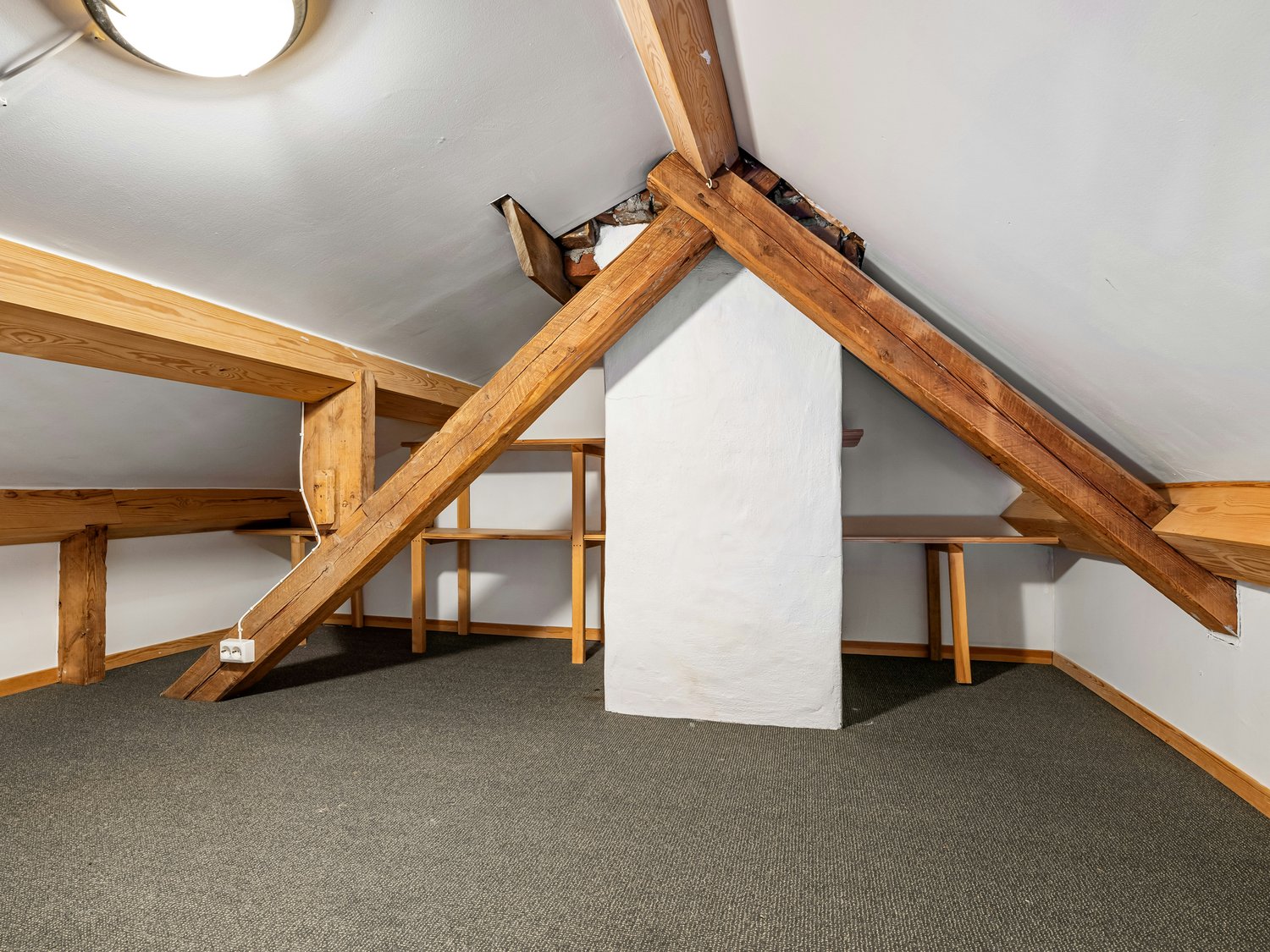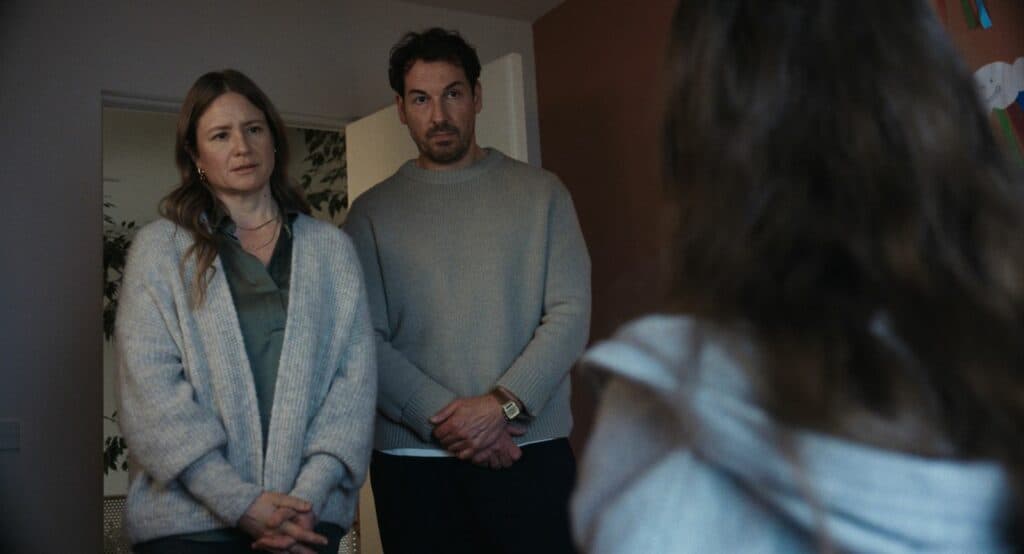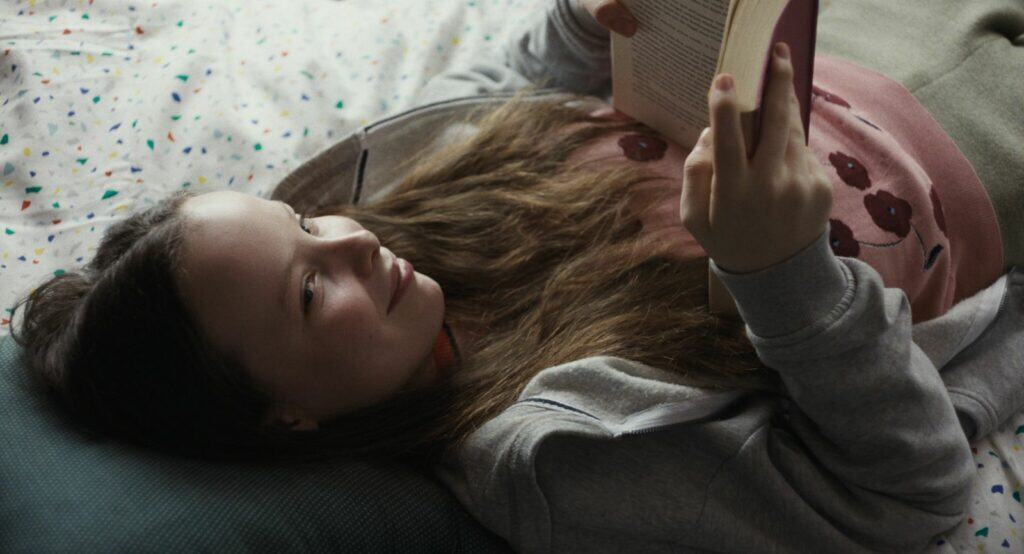Introduction
Fashion and film have always shared an intimate relationship, each influencing and elevating the other in a dance that spans more than a century of cinema. Beyond mere costume, film wardrobes communicate character, advance narratives, and often predict or even create fashion trends that extend far beyond the screen. The most iconic movie wardrobes don’t just dress characters—they tell stories, reflect cultural moments, and offer enduring lessons about style that transcend their original context. From the perfectly tailored simplicity of classic Hollywood to the boundary-pushing visions of contemporary cinema, film fashion provides a masterclass in the elements that constitute truly timeless style. This exploration delves into what these iconic screen wardrobes can teach us about fashion that endures, influences, and continues to captivate our imagination decades after the final credits roll.
The Power of the Little Black Dress: From Audrey Hepburn to Modern Cinema
Audrey Hepburn’s Givenchy little black dress in “Breakfast at Tiffany’s” (1961) revolutionized fashion both on and off-screen, establishing the LBD as the ultimate symbol of elegance and sophistication. The iconic Givenchy creation, with its minimalist cut and perfect proportions, demonstrated how simplicity could make the most powerful fashion statement. This watershed moment cemented the collaboration between high fashion designers and Hollywood, showing how cinema could launch global fashion trends overnight.
The little black dress continued its cinematic journey through decades of film, each iteration reflecting its era while maintaining its timeless appeal. In the 1990s, Elizabeth Hurley’s Versace safety-pin dress at the “Four Weddings and a Funeral” premiere created a media sensation, while Renée Zellweger’s understated black dress in “Bridget Jones’s Diary” spoke to everyday elegance. These evolutions demonstrated the LBD’s remarkable versatility, adapting to different narratives while maintaining its status as a wardrobe essential.
Contemporary cinema continues to reinvent the little black dress, proving its enduring relevance. From Natalie Portman’s Rodarte design in “Black Swan” to Margot Robbie’s range of sophisticated black ensembles in “Focus,” filmmakers consistently return to this wardrobe staple to convey confidence, mystery, and timeless appeal. Fashion experts note that the LBD in film teaches us an essential lesson about personal style: investment in well-crafted classics with perfect fit will always outshine passing trends.
Menswear Revolution: How James Bond Redefined Masculine Style
When Sean Connery first appeared as James Bond in “Dr. No” (1962), his impeccably tailored suits by Anthony Sinclair instantly redefined masculine elegance for generations to come. The “Conduit Cut” suit, with its subtle shoulder padding, slightly tapered waist, and clean lines, created a silhouette that communicated power, confidence, and sophistication without ostentation. This marked a pivotal moment in men’s fashion, moving away from the boxier cuts of previous decades and establishing a template for refined menswear that continues to influence designers today.
Beyond the suit itself, Bond’s attention to detail in accessories and complementary pieces elevated the complete ensemble to an art form. Each Bond actor brought unique elements to the character’s style—from Roger Moore’s safari jackets to Daniel Craig’s Tom Ford suits—yet all maintained the essential quality of precise tailoring and understated luxury. The franchise created an enduring template for professional men’s dressing that transcended film, influencing everything from wedding attire to corporate wardrobes.
The Bond effect extends beyond formal wear, establishing guidelines for how men approach casual elegance as well. According to fashion historian Bronwyn Cosgrave, Bond’s influence on men’s style represents “the most successful brand partnership in cinema history,” with 007’s wardrobe choices directly driving sales in everything from Sunspel polo shirts to Omega watches. The lesson from Bond’s six decades of style influence remains clear: investment in quality over quantity, perfect fit above all else, and confidence as the most important accessory a man can wear.
Period Films and Their Influence on Contemporary Fashion Trends
Period films have repeatedly triggered fashion revivals, with costume designers’ meticulous research inspiring modern designers to reinterpret historical aesthetics for contemporary consumers. “The Great Gatsby” adaptations—particularly Baz Luhrmann’s 2013 version with costumes by Catherine Martin—sparked global fascination with Art Deco style, leading to increased consumer demand for drop-waist dresses, headbands, and geometric jewelry. This phenomenon demonstrates cinema’s unique power to not just reflect fashion history but actively revive it, making century-old designs feel suddenly relevant and desirable.
The cyclical relationship between period films and fashion houses often creates mutually beneficial collaborations that elevate both industries. When “Marie Antoinette” (2006) showcased costume designer Milena Canonero’s pastel-colored reinterpretation of 18th-century French court fashion, it directly influenced runway collections from designers like John Galliano and Alexander McQueen. Similarly, the Netflix series “Bridgerton” sparked what fashion analysts called “Regencycore,” with searches for empire-waist dresses, elbow-length gloves, and pearl accessories increasing by over 120% in the weeks following its release.
The most successful period productions teach viewers about the relationship between clothing and social context, revealing how fashion reflects broader cultural movements. Historical consultant Dr. Amanda Hallay notes that productions like “Mad Men” succeeded because they depicted “not just the clothing of the era, but how people moved in it, how they cared for it, and what it communicated about social status.” This depth of understanding allows contemporary audiences to appreciate how historical fashion elements can be meaningfully incorporated into modern wardrobes rather than simply copied as costume.
Character Development Through Costume: When Wardrobes Tell the Story
Masterful costume design serves as visual character development, conveying personality traits and story arcs before a character speaks a single line. In “The Devil Wears Prada” (2006), costume designer Patricia Field meticulously charted Andy Sachs’ transformation from fashion outsider to industry insider through a calculated progression of increasingly sophisticated ensembles, effectively telling the character’s story through clothing alone. This technique, which costume designers call “character arcing through wardrobe,” represents one of cinema’s most powerful yet subtle storytelling tools.
The most memorable character wardrobes often feature signature pieces that become inseparable from the character’s identity while teaching viewers about the psychological dimension of personal style. The distinctive red leather jacket in “Rebel Without a Cause” became a symbol of youthful rebellion, while Elle Woods’ strategic use of pink in “Legally Blonde” subverted expectations about femininity and intelligence. These costume choices reveal how clothing can function as both armor and statement, helping characters navigate their fictional worlds while providing audiences with visual cues about internal transformation.
When costume design reaches its highest potential, it reveals deep insights about human psychology and social dynamics. According to Emmy-winning costume designer Janie Bryant, “Clothing reveals what characters want to show the world versus what they’re hiding—that gap is where the most interesting storytelling happens.” This tension between public presentation and private reality explains why certain film wardrobes resonate so deeply with audiences, teaching us about authenticity, aspiration, and the complex relationship between our clothing choices and our true selves.
The Sci-Fi Effect: Futuristic Fashion That Became Reality
Science fiction cinema has demonstrated remarkable foresight in predicting fashion innovations, with filmmakers and costume designers envisioning technological and aesthetic developments decades before they reached mainstream markets. “Back to the Future Part II” (1989) famously predicted self-lacing shoes, which Nike later developed as the adaptive HyperAdapt 1.0 in 2016, while “Star Trek’s” communicator devices presaged modern flip phones and smartwatches. This predictive quality extends beyond technology to aesthetic movements, with films like “Blade Runner” (1982) establishing visual frameworks for cyberpunk fashion that continue to influence designers today.
The relationship between sci-fi costumes and actual fashion innovations often follows a recursive pattern, with each influencing the other across decades. Costume designer Michael Kaplan’s work on “Blade Runner” drew inspiration from 1940s noir but has subsequently influenced collections from Alexander McQueen, Raf Simons, and Rick Owens, creating a continuous dialogue between cinematic imagination and wearable reality. Similarly, “The Matrix” (1999) popularized long black coats, angular sunglasses, and technological-looking fabrics, elements that shifted from seeming futuristic to becoming ubiquitous in contemporary streetwear.
Beyond aesthetics, science fiction wardrobes often anticipate functional innovations in textile technology and wearable design. The MIT Media Lab has credited films like “Her” (2013) with inspiring research into adaptive textiles and minimalist wearable technology, while designer Iris van Herpen cites sci-fi cinema as a primary influence on her pioneering work in 3D-printed couture. This symbiotic relationship between cinematic imagination and fashion innovation teaches us to view movie wardrobes not merely as fantasy but as conceptual prototypes for how we might dress in years to come.
Method in the Madness: Iconic Character Costumes That Transcended Film
Certain character wardrobes have transcended their original films to become cultural touchstones, instantly recognizable even to those who haven’t seen the movies. Dorothy’s ruby slippers from “The Wizard of Oz” have been valued at over $2 million at auction and are among the most treasured artifacts in American film history, while Holly Golightly’s black dress is consistently ranked among the top three most influential film costumes of all time. These iconic looks achieve their status through a perfect alignment of design, character, performance, and cultural moment—a combination that cannot be manufactured but emerges organically from cinematic magic.
The most enduring character costumes often tap into universal symbolic language while adding distinctive new elements that become immediately associated with the character. Indiana Jones’ ensemble combines archetypal adventure-wear elements with Harrison Ford’s specifically weathered leather jacket and distinctive fedora, creating a look so definitive that the Smithsonian Institution displays it as a significant cultural artifact. Similarly, Marilyn Monroe’s white halter dress from “The Seven Year Itch” transformed a relatively simple design into perhaps the most famous dress in cinema history through its perfect alignment with Monroe’s persona and the unforgettable subway grate scene.
When character costumes achieve iconic status, they often influence fashion in ways that extend far beyond simple imitation or merchandising. Research by the Fashion Institute of Design and Merchandising found that film-inspired fashion generates approximately $44 billion annually in global revenue, with classic character looks frequently revived by designers seeking to tap into cinematic nostalgia. The enduring appeal of these iconic wardrobes teaches us about the power of visual storytelling and how truly exceptional design can transcend its original context to become part of our shared cultural vocabulary.
Cultural Impact of Streetwear in Urban Cinema
Urban cinema has played a crucial role in elevating streetwear from subcultural style to global fashion phenomenon, with films documenting and disseminating authentic street fashion to international audiences. Spike Lee’s “Do the Right Thing” (1989) showcased authentic Brooklyn street style, including Air Jordan sneakers that subsequently saw sales increase by an estimated 40%, demonstrating cinema’s direct impact on fashion consumer behavior. This symbiotic relationship between urban filmmaking and street fashion establishes an authentic visual record of evolving cultural movements while simultaneously amplifying their influence.
The representation of streetwear in film often captures pivotal moments in cultural history, preserving ephemeral style innovations that might otherwise be lost to time. The oversized silhouettes and bold color blocking in films like “Juice” (1992) and “Boyz n the Hood” (1991) documented the height of 90s hip-hop fashion while films like “Wild Style” (1983) captured the earliest expressions of what would become global street style. Fashion historians increasingly recognize these films as valuable primary sources for understanding the evolution of urban aesthetics and their relationship to music, art, and political movements.
Contemporary fashion’s obsession with streetwear can be directly traced to its cinematic representation, which elevated everyday clothing to iconic status. According to market analysis from McKinsey & Company, the global streetwear market reached approximately $185 billion in 2019, with over 70% of surveyed luxury consumers citing film and music as primary influences on their purchasing decisions. The lessons from urban cinema’s relationship with streetwear remain relevant: authenticity is paramount, style innovation often emerges from necessity, and the most influential fashion frequently comes from communities rather than corporations.
The Role of Color Theory in Film Costume Design
Master costume designers employ sophisticated color theory to establish character relationships, signal emotional states, and create visual cohesion within film narratives. Wes Anderson’s collaboration with costume designer Milena Canonero on “The Grand Budapest Hotel” (2014) exemplifies deliberate color strategy, with the film’s distinctive pink and purple palette establishing both time period and emotional tone while creating one of cinema’s most instantly recognizable visual signatures. This approach demonstrates how wardrobe colors function not merely as aesthetic choices but as sophisticated storytelling tools.
Strategic color progression in character wardrobes frequently signals important narrative and emotional developments that may not be explicitly addressed in dialogue. In “The Godfather” (1972), costume designer Anna Hill Johnstone systematically darkened Michael Corleone’s wardrobe as he descended into corruption, moving from light-colored collegiate clothing to increasingly dark suits, visualizing his moral transformation. Similarly, “La La Land” (2016) used a progression of jewel tones to track the protagonists’ emotional journey, with costume designer Mary Zophres carefully coordinating wardrobe colors with production design to create a cohesive visual language.
The most sophisticated use of color in film wardrobes often draws on psychological and cultural color associations while establishing new visual metaphors specific to the film’s world. Research published in the Journal of Consumer Psychology confirms that viewers subconsciously process color cues in character wardrobes, with warm colors generally signaling approachability and cool colors suggesting emotional distance—knowledge that costume designers consistently leverage to guide audience sympathies. This deliberate approach to color demonstrates how the most effective film wardrobes operate on multiple levels, creating immediate visual appeal while subtly influencing how viewers interpret character and story.
Designer Collaborations That Transformed Movie Fashion
The collaboration between film studios and high fashion designers has evolved from occasional partnership to essential strategy, with both industries recognizing the mutual benefits of creative cross-pollination. The partnership between Hubert de Givenchy and Audrey Hepburn across seven films, including “Sabrina” and “Funny Face,” established the blueprint for designer-actor collaborations, while Tom Ford’s comprehensive wardrobe for “A Single Man” (2009) represented the first time a fashion designer had complete control over a film’s costume design. These collaborations have progressively blurred the boundaries between runway and screen, creating unprecedented opportunities for creative innovation and brand exposure.
When executed thoughtfully, designer collaborations enhance film authenticity while providing fashion houses with unparalleled cultural positioning. Giorgio Armani’s provision of over 160 costumes for “American Gigolo” (1980) helped establish the designer’s signature aesthetic in American markets while creating one of cinema’s most influential male wardrobes—a partnership that, according to fashion historian Valerie Steele, “redefined the relationship between film and fashion.” Similarly, Jean Paul Gaultier’s boundary-pushing designs for “The Fifth Element” (1997) simultaneously showcased the designer’s avant-garde vision and created some of science fiction’s most memorable costume moments.
Modern designer-film collaborations have expanded beyond costume provision to encompass interactive marketing campaigns and consumer products, creating new business models for both industries. When Miuccia Prada created over 40 custom designs for “The Great Gatsby,” the partnership included museum exhibitions, retail collections, and digital content that generated an estimated $38 million in publicity value for both the film and fashion house. This evolution teaches an important lesson about successful creative partnerships: when designers and filmmakers collaborate with mutual respect for each other’s crafts, both art forms are elevated rather than compromised.
Sustainable Practices in Modern Film Wardrobes: The New Direction
The film industry’s growing commitment to sustainability has transformed costume departments, with designers pioneering eco-conscious approaches to creating memorable screen wardrobes. Productions like “Black Panther: Wakanda Forever” implemented comprehensive sustainability protocols in their costume departments, with designer Ruth Carter incorporating recycled materials and traditional African textiles produced through sustainable methods. This shift represents not merely a response to environmental concerns but an opportunity for innovative design thinking that often results in more distinctive and meaningful costume choices.
Leading costume designers increasingly view sustainability as a creative advantage rather than a limitation, developing new techniques that often yield unexpected aesthetic benefits. Costume designer Jacqueline Durran’s work on “Little Women” (2019) involved extensive garment overdyeing using natural pigments, fabric aging techniques requiring minimal chemical intervention, and repurposing of vintage materials—approaches that contributed to the film’s Oscar win for Best Costume Design. These techniques demonstrate how environmental consciousness can enhance rather than restrict creative expression in film fashion.
As sustainability becomes essential rather than optional, the relationship between film wardrobes and consumer fashion continues to evolve in mutually influential ways. According to a 2023 report from the Sustainable Production Alliance, productions implementing green protocols in costume departments have documented average cost savings of 12-18% while simultaneously reducing carbon footprint—economic and environmental benefits that have accelerated industry-wide adoption. The lesson from this evolution is clear: as both film and fashion industries navigate necessary sustainability transitions, the most successful approaches view environmental responsibility










